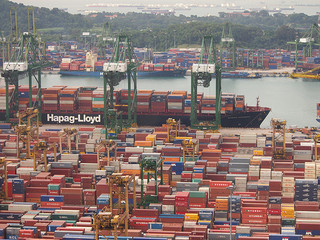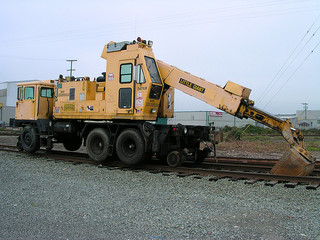Understanding the “China, Plus One” Strategy

China has become the leading manufacturer of goods in the world, but economic changes in the country are causing a shift in thought. For instance, wages for Chinese workers have tripled over the course of the past decade. This is causing manufacturers to move some outsourcing to countries where worker wages are still low. As a result, China’s economy has been slowing. The “China, plus one” strategy is about still using the resources allocated in China, but adding lower wages to the mix.
China Is Changing
China’s economy is evolving due to several different factors, but the main reason is the higher cost in labor. Labor costs have risen because of population changes and new government strategies. As China ages as a nation, more workers are retiring. The one-child policy in China means that there aren’t enough workers to replace the ones that are retiring. China’s National Bureau of Statistics reported that in 2013 the population decreased by 2.4 million. As worker demand increases, labor costs rise to attract and retain more workers.
Another change in China is that the nation is adopting a consumption-oriented economy. Wages for all jobs in China have consistently increased because local governments keep raising the minimum wage. Many overseas companies once moved operations to China due to the low cost of labor, but companies are now reevaluating their setup in this country and diversifying their manufacturing strategies.
Companies Are Turning to Southeast Asia
As Peter Petri, Brandeis University International Finance Professor stated, “Companies are much more conscious about trying to have robust supply chains in which you can continue production even if your principal site of business is facing some difficulties. You want to have a geographically diverse supply base, you want to have access to markets in many countries, and you want to protect yourself against a wide range of risks.”
Many companies are adding new operations to Asia’s developing countries to supplement current production. Countries in Southeast Asia are welcoming new manufacturing opportunities and streamlining the setup process for new companies. Vietnam is the largest region to see new manufacturing growth from offshoring. The nation is targeting the IT industry and has secured deals from both Samsung and Intel. Other prime candidates for manufacturing, especially in textiles, include Malaysia, Singapore, Thailand, Indonesia, and the Philippines.
China Won’t Be Uprooted
Even though wages are rising, companies are not uprooting operations from China completely. This is because there is still a strong supply chain network, infrastructure, and knowledge base in China. For instance, even though Intel opened a new facility in Vietnam, the company still has several assets in China. Vietnam was simply added as an assembly and testing operation.
It’s important to note that wage increases have not caught up on the inland portions of China, and the coastal regions see most of the growth. This is another reason that all manufacturing opportunities haven’t been uprooted across the nation.
China, plus one seems to be a viable option for many companies, and it’s a trend that won’t go away anytime soon. Many companies are diversifying across Southeast Asia and even bringing some operations back home.








